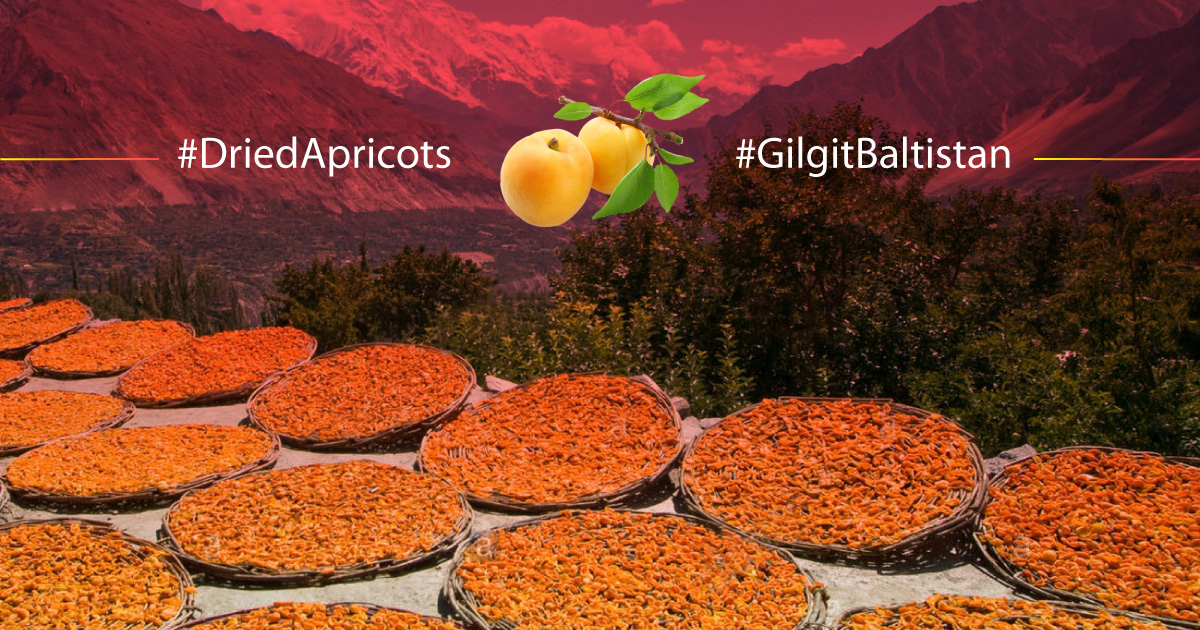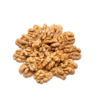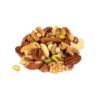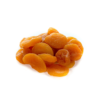Gilgit Baltistan is the most beautiful region of Pakistan. It is blessed with the highest mountains, largest glaciers, lakes and many types of fruits. Among those many types, apricots are the major fruits found there as it is the largest apricot-producing region of Pakistan.
The local community of Gilgit Baltistan produces dried apricots mostly by the sun-drying method. The sun-drying method is the technique of excluding the water content from the fruits by placing them in trays or wooden boxes and setting them in the sunlight. It is essential to keep some space for the airflow in the boxes or trays; otherwise, the fruit would become black and hard. In the case of apricots, it takes about six to nine days to completely dry them.
Once the dried apricots are ready, they are good to eat or to preserve. To preserve them for a longer period of time, they are stored in airtight jars or wooden boxes and kept in cool, dry places. These apricots are also exported worldwide and have the most unique flavor and color. The shelf-life of dried apricots is about six months but they can stay good for almost a year in refrigerators.
Nutrients in Dried Apricots
Dried apricots are not only delicious but also full of good nutrients. These nutrients include fiber, which helps strengthen your gut health and improves the digestive system. They are potassium-rich food, which aids in muscle contraction, nerve signaling and balancing body fluids. Additionally, polyphenols found in apricots help in the prevention of many chronic diseases such as heart-related issues, diabetes and cancer.
Dried apricots are an amazing source of iron which increases the hemoglobin level of the body and prevents the formation of blood clots. Moreover, dried apricots are good for weight loss as they are low in calories and prove to be a healthy item to snack on.
Varieties of Dried Apricots
GB now produces a high quantity of different apricots which is the result of planting seeds from the best trees for decades. These varieties of apricots found in Gilgit are Halmand, Lonakpochuli, Wahphochuli, Margulam, Sherakarpochuli Shakhanda, Ambah, Karpochuli, Staachuli, Brochuli and Khochuli. And in Baltistan: Dugli, Bedeiri, Chalpachu, Neeli, Loli, frugui, Alishah kakas, Khormagui, etc.
The best apricots used for drying purposes out of all are known to be Halmon, Kachachuli, Alishah kakas and Dugli. Because they have high soluble solids and possess a higher rate of drying as well as maintain a firm texture for a long time to ship fresh.
Production of Apricots
In Gilgit Baltistan, apricots are essentially produced as cash crops, where most of the families grow apricot trees in their houses. According to The Nation, there are about 2,971,935 trees of apricots alone in the region. Thus, apricots are the largest source of livelihood — with certain trading potential — for the population of Gilgit-Baltistan.
Gilgit Baltistan’s share in apricot production is 114,286 tons. This contribution of apricots to the country’s economy can be increased if more export opportunities develop and if the farmers and local people are provided with more resources.









